Most Linux distributions use KDE or GNOME as their default desktop environments. Both provide users with a raw and attractive desktop, along with a variety of multimedia software, system programs, games, utilities, web development tools, programming tools, and more. These two desktops aim to offer users a cutting-edge computing environment similar to the Windows operating system, rather than focusing on minimizing system resource usage.
If you are using Ubuntu (or another Linux distribution) and are tired of always using the Unity desktop, you should check out these alternatives to Unity. I have gathered seven desktop environments. They are all great. After reading this article, give them a try.
Mate
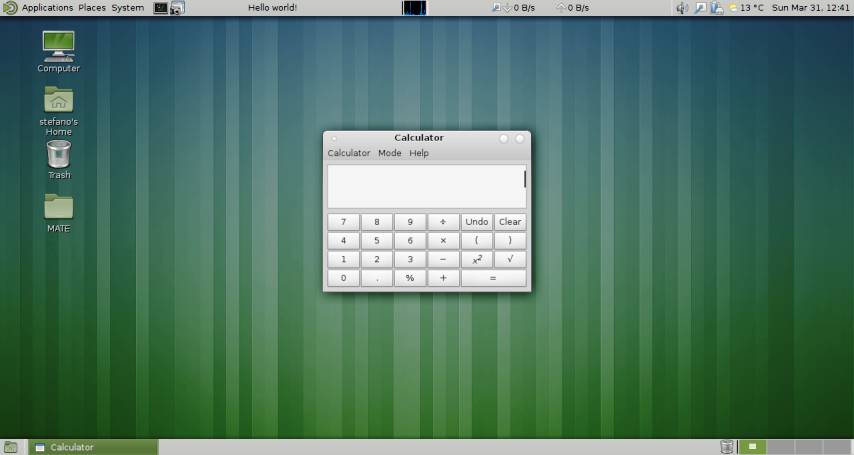
MATE is a fork of GNOME2. It provides a natural and appealing desktop environment. It represents a traditional working framework in Linux and other Unix-like environments. MATE is continuously evolving with new technologies while preserving the traditional desktop experience.
In Ubuntu 14.04, the MATE desktop can be directly obtained from the Ubuntu Software Center.
KDE
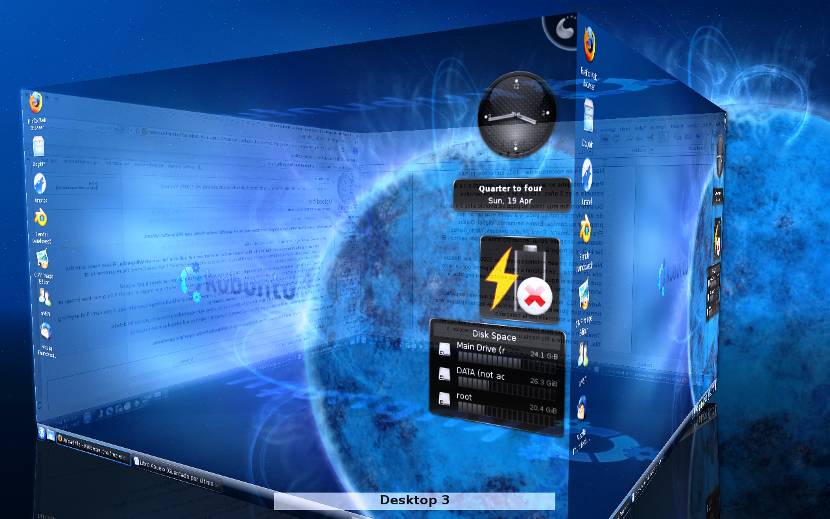
KDE is another heavyweight desktop environment similar to GNOME. It is considered the most beautiful and heavyweight among the seven desktop environments mentioned in this article. It also provides a Windows-like desktop, with no significant changes in this regard. However, KDE is very distinctive, and with it comes a plethora of settings to enhance your desktop experience. There are many topics about KDE, so you can comfortably use KDE and make it work the way you want.
Cinnamon
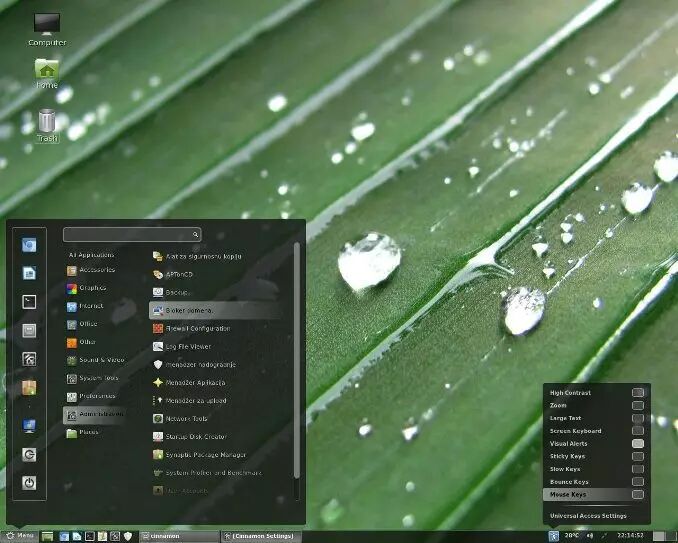
Cinnamon is a Gtk+-based environment. It was originally created as a user interface fork of GNOME Shell by Linux Mint. The core design goal of Cinnamon is to ensure perfect operation on both desktop terminals and touchscreen devices. Whether using a mouse or a touchscreen, you can achieve the same convenient operation. Unlike KDE Plasma Workspaces, there is only one graphical user experience. The current version—Cinnamon 2.0 was released on October 10, 2013.
Unity
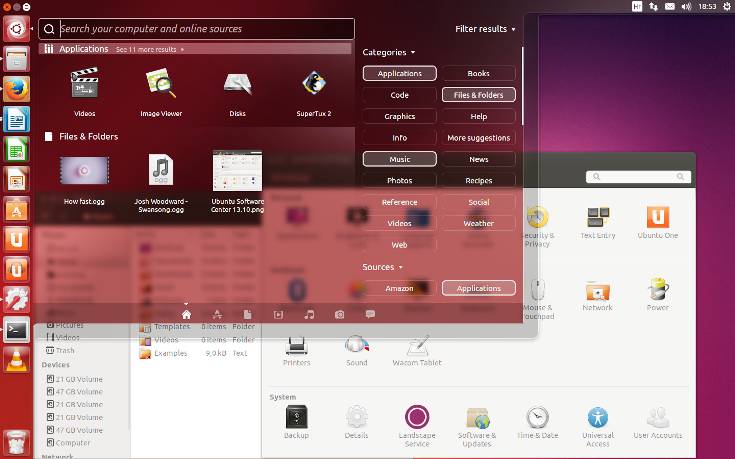
Unity is an interface of the GNOME desktop environment created by Canonical for the Ubuntu system. Unity first appeared in the netbook version of Ubuntu 10.10. It was initially designed to make full use of the screen space of netbooks, featuring a vertical application launcher and a space-saving multifunctional top menu bar. Unlike GNOME, KDE, Xfce, or LXDE, which are collections of many software, Unity was developed for usability.
GNOME Shell
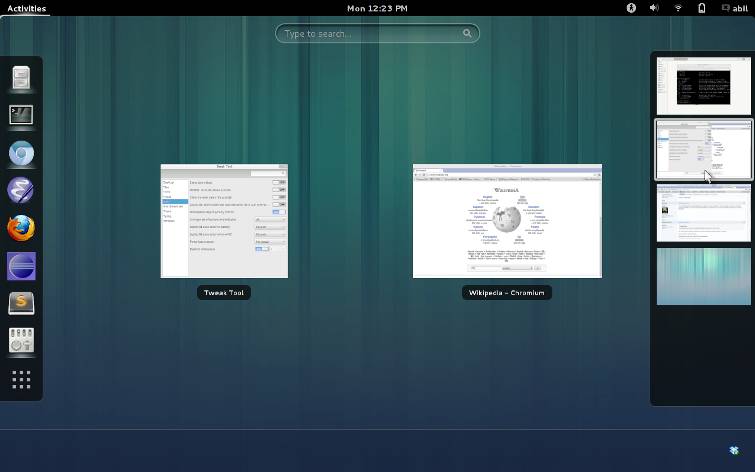
GNOME provides core desktop interfaces such as window switching, application launching, and displaying prompts. It utilizes advanced graphics hardware to achieve attractive and innovative interface ideas, providing a pleasant and simple user experience. GNOME Shell defines the customer experience of GNOME 3.
As an important component of GNOME, the stable version of GNOME Shell was first released on March 3, 2011.
Xfce
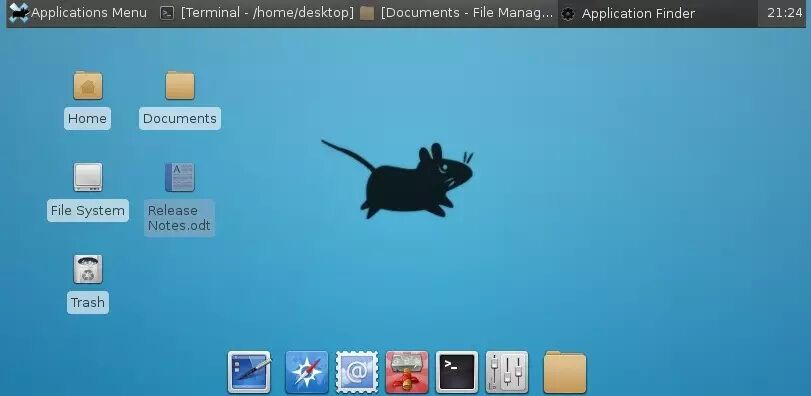
Xfce is a lightweight desktop environment built around the GTK framework. It looks similar to Gnome 2 and MATE; however, Xfce is their lightweight alternative. Compared to KDE and GNOME 3, Xfce is very lightweight, making it an ideal environment for running lightweight tools or for users who want maximum execution efficiency. It is not the lightest option available—keep reading—but Xfce indeed strikes a balance between execution efficiency and functionality.
LXDE
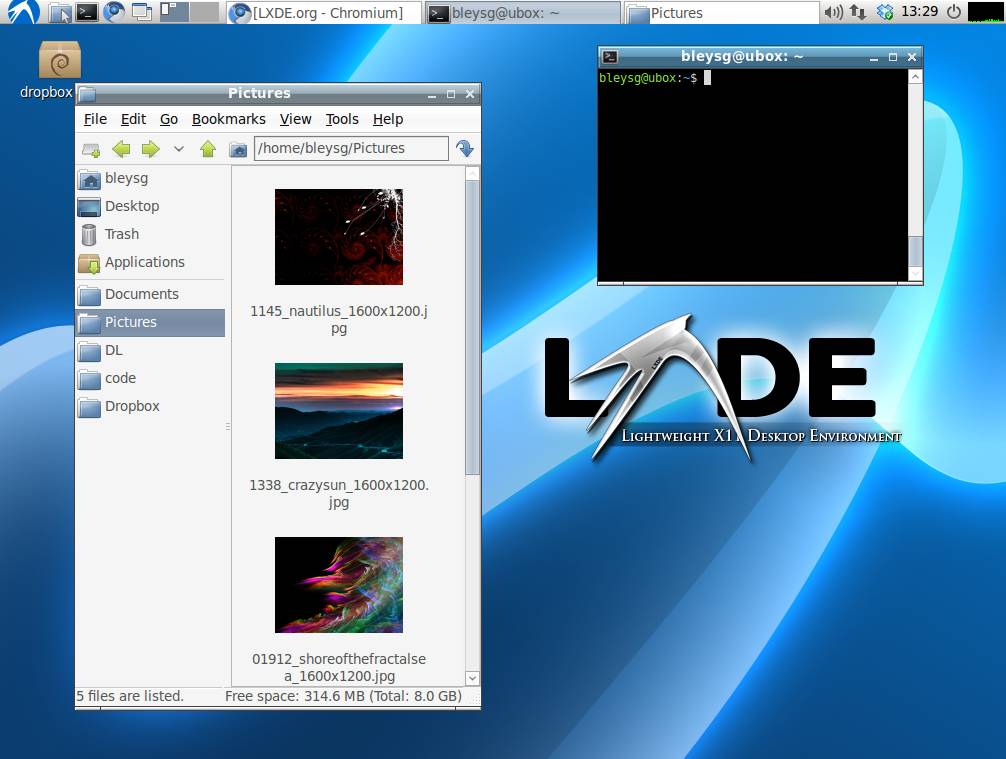
LXDE is clearly the lightest choice among desktop environments, at least by traditional desktop standards. This GTK-based desktop environment uses many lightweight alternatives to default applications (such as Abiword, Gnumeric, instead of LibreOffice). It does not provide dazzling visual effects, and the overall feel is not particularly impressive, lacking advanced settings. However, LXDE still offers a nice desktop and full functionality. When you need something quick and simple, it is your choice.
Original article: http://pulpybucket.com/top-7-desktop-environment-linux/
Translation: http://linux.cn/article-3258-1.html
Translator: wwhio Proofreader: Caroline
 Click to read the original article for historical content.
Click to read the original article for historical content.